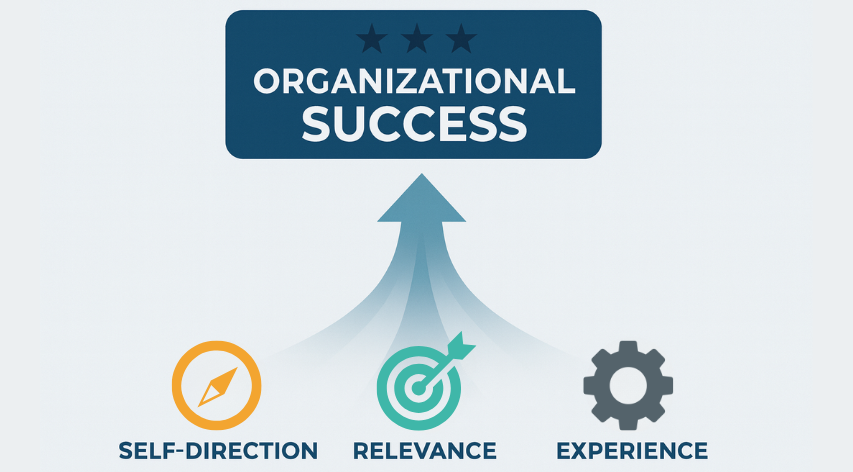Navigating the Greenhouse Gas Conundrum

OR – How Supply Chain Ecosystems Can Meet New Renewable Growth Demands
With contributing author John Koo
Reliability of energy delivery saves lives. Fires in California and Australia, rolling blackouts in UK and grid failure in the dead of winter in Texas are examples of events that impact people in a very real and tangible way. What’s more, overall energy demand regardless of source will increase over the next 3 decades. Against this backdrop as a society, the impact of the supply chain ecosystems to meet the mineral demands consistent with “renewable” growth targets stated by governments worldwide, must not be overlooked.
 Of the 73.2% of Greenhouse Gas (GHG) emissions due to energy consumption, 24.2% is through industrial production, 16.2% is related to transportation and 17.5% is produced from buildings – with the remaining 15.3% mostly difficult to attribute. The industrial portion includes iron, steel aluminum, petrochemical, pulp and paper. Whereas transportation includes all roads, aviation, and shipping.
Of the 73.2% of Greenhouse Gas (GHG) emissions due to energy consumption, 24.2% is through industrial production, 16.2% is related to transportation and 17.5% is produced from buildings – with the remaining 15.3% mostly difficult to attribute. The industrial portion includes iron, steel aluminum, petrochemical, pulp and paper. Whereas transportation includes all roads, aviation, and shipping.
The downstream oil sector delivers primarily into the industrial/transportation sector of energy use and consumer consumption.
The demand for reliable energy
One critical element within the downstream system is energy intensity, i.e. the absolute temperatures necessary for molecular conversion to fuel or cracking through to petrochemical products. It may be difficult to replace GHG emitting systems because of the energy intensity demand or the substantially higher conversion cost and reliability of alternative technologies.
The downstream sector has to connect the vision with specific actions that can be incorporated in operational, tactical, and strategic plans. What is the focus today? What changes are needed in the next five years? And what are the fundamental changes in thinking needed to meet the objectives whilst developing a strategic vision for 2050? Waiting until everything is “known” will be too late!
The demand for reliable energy vis-a-vis renewables is becoming increasingly obvious. The wind does not always blow and the sun does not always shine (plus solar panels need cleaning).
Global climate change progression is based upon model forecasts. Similarly, when adding large solar farms in the desert, there will be associated changes in global air flow patterns. Transition planning should consider all forms and systems and not become focused on one over the other. “Change management is critical to understand the undesired consequences of changing energy systems.”
Cost-effective, high-value third-party analysis
 Operationally, completing a third party gap analysis with a properly qualified expert company will uncover those improvements, consequences procedures and changes that can be made now to improve margins.
Operationally, completing a third party gap analysis with a properly qualified expert company will uncover those improvements, consequences procedures and changes that can be made now to improve margins.
“Planning reviews can yield quick wins across all areas – e.g. feedstocks, operations and maintenance, often with immediate value”.
Mechanical integrity analysis of existing assets can improve on-stream operations and reduce the losses from unplanned events. Validating crude/feedstock selection and operation through an effective mechanical integrity program is less expensive and will ensure a baseline performance when moving forward into tactical planning.
Tactically, this analysis defines the most “cost effective and high value” adjustments required in energy usage and delivery.
One example is moving from a power importer to power exporter through the development of a cogeneration facility. Another may be shifting from fired furnaces to resistance based electric heat input (where it make sense). The advantages can also include reliability (less reliance on the public grid) and or reducing a more GHG intense marginal source like coal.
Pulling on multiple levers to differentiate
The ability to pull on multiple levers that address strategic business planning and operational excellence will be a differentiator. The right plan will attract “Green” capital. At the same time governments must be careful not to tip the scales in favor of one energy system or other. The extent to which systems are exposed to free markets will allow for innovation that ensures the “best” outcomes are possible which will be a combination of wind, solar, hydro nuclear and fossil fuels. Data accuracy and seasonal analysis will be critical in this shift.
 Strategic business planning will need to consider emissions as a “cost” such as carbon tax or GHG tax. These will drive changes in hardware to meet the forward demand. The two basic pathways are: (1) Carbon Capture and Sequestration (CCS) or (2) Energy production and consumption without any fossil source. The latter ignores the carbon footprint related to the hardware and ecosystem degradation.
Strategic business planning will need to consider emissions as a “cost” such as carbon tax or GHG tax. These will drive changes in hardware to meet the forward demand. The two basic pathways are: (1) Carbon Capture and Sequestration (CCS) or (2) Energy production and consumption without any fossil source. The latter ignores the carbon footprint related to the hardware and ecosystem degradation.
When it comes to oil, there will always be a need for “first generation” production. Consider plastics recycling. There are projects to convert plastic to jet fuel, enzymatic reactions to reproduce the monomer and other conversions. These are lauded – however without the “first generation” there is no recycling, i.e. it’s a reduction but not an elimination.
Key steps towards the future
The key steps now are to reduce CO2 emissions through site energy efficiency gains and CCS. Consider also replacing hydrogen production with electrolysis hydrogen and utilize the oxygen for other purposes.
A second step may be consideration of optimizing the site infrastructure to address plastics recycling or ammonia production as limited feed stock replacements. Moreover, with the goal of replacing coal, incremental power generation to the grid should be included.
The landscape is changing globally and regionally in refinery rationalization and domestic fuel security. There is no better time to chart a course for the future.
Click the link below to contact a Becht expert regarding your future plans:






